To begin with, medical emergencies are not to be taken lightly.
By that, I mean that every medical emergency is unique and different, and the most important thing in a survival situation, especially when dealing with a medical emergency, is to have proper knowledge on the issue. I don’t mean professional training as a trained physician, but a general (as in common-sense) idea about what to do and how in an emergency. The likes of knowing how to treat an open wound, how to give first aid to someone suffering from a concussion, or a broken limb, or how to treat burn victims, things of that nature.
However, knowing how to provide first aid to someone in distress is one thing. Having the proper gear available when STHF is the other side of the coin, i.e. the medical supplies issue comes into play. Since a medical emergency may appear at any given time, having the right stuff at hand, along with the necessary skills learned properly, will definitely make a difference with regard to preventing a potentially “benign” (as in non life-threatening) situation from escalating out of control.
This Timeless Collection of Forgotten Wisdom Will Help You Survive!
When it comes to first aid, besides having the necessary gear available, a little bit of training couldn’t hurt, don’t you think? There are a couple of basic principles regarding first aid: preserve life and prevent further injury. Obviously, we’re talking here about an emergency situation when specialized help/EMS services etc are not available, so you’ll have to cope with the situation yourself.
The best thing to do is to take classes or at least watch some YouTube videos regarding first aid principles, things like applying a tourniquet[1] or stitching wounds:
If you’re serious about learning the basics of first aid, you can take the American Heart Association[2] or the American Red Cross[3] first aid course. These are top-notch nationwide available classes and even if you take just the basic first aid course it will make a huge difference when SHTF.
To begin with, your emergency survival kit must include a first aid kit, that’s the first line of defense.
A decent first aid kit should include tweezers, suture kit, safety pins, surgical tubing, razor blades, tampons, hydrogen peroxide, alcohol (disinfectant), cotton balls, surgical masks, gauze, bandages, scissors, adhesive wound dressings, ibuprofen, aspirin, acetaminophen, thermometer, band aids, broad spectrum oral antibiotics (including creams and ointments), blood pressure machine, burn cream, quick clot gauze, basic first-aid instructions/medical manuals, and even snake bite kits, depending on what species of reptilians are to be found in your geographical area.
The general idea is to be ready to address a wide range of medical emergencies. In SHTF situations, being able to close wounds and stop the hemorrhage, along with protecting/bandaging cuts and preventing them from getting infected is a very important skill to master, as these are among the most common occurrences encountered in natural/man-made disasters.
Even if it may sound strange, duct tape[4] and super-glue[5] are excellent for closing wounds, so don’t forget to pack these babies in your emergency medical supply kit. If you’re having second thoughts, you should know that super-glue was used since the Vietnam war by field-medics and regular soldiers to seal larger wounds than you’ve seen in the video above. Also, super glue prevents infection, making for a very effective way to treat a wound “on the go”.
Another (hard to find) item which comes handy in remote medical emergencies is a direct IV transfer setup, provided you know what you’re doing. The truth is, not many people know how to administer an IV, nor to conduct a blood transfusion, but these skills can be learned quite easily, if you have the stomach for it.
Now, even if there’s nobody around who knows how to administer an IV, i.e. to safely cannulate a vein, you should know there’s a procedure called Hypodermoclysis, which can be used by anyone in a life-or-death situation. This procedure makes for a safe and extremely effective way of treating dehydration in adults and children alike. Instead of cannulating a vein, the catheter is introduced into the subcutaneous fat of the thigh, lower abdomen or the back of the upper arm of the patient, then the fluid is infused into the fat-tissue directly. Even if this procedure is slower compared to a regular IV, it’s comfortable, effective and it can be done by your average Joe Six Pack, which is kind of important in a SHTF scenario.
Mind you, these are the bare minimum of supplies a decent first aid kid should provide in an emergency. However, if you’re ready and willing to go the extra mile, here are some additional items you can pack, that kind of items regular people tend to overlook:
Trash bags are hugely under rated survival gear, and I am talking about those large commercial kind, which can be used for a variety of purposes, ranging from means of containing/disposing human waste products (medical use) or as make-shift shields when dealing with bio-hazards, to improvised rain coats. Mylar blankets are used by EMTs every day, and they make for excellent medical supplies for when SHTF, as hypothermia installs easily in trauma-patients, especially in outdoors scenarios. So yes, pack a couple of those bad boys in your emergency medical supply kit.
LED lights are great items to have in medical emergencies which occur at night, as such devices are very light and compact, and also battery friendly (as in they don’t require much power to operate, compared to regular incandescent gear). When someone is very ill and requires an emergency electrolyte intake, bouillon cubes mixed with water make for an easy and smart solution.
Bouillon cubes are excellent items to have in your medical emergency kit.
Another idea is to pack sugar and salt, as this combo mixed with water makes for a cheap yet highly effective rehydration fluid, which helps with recovering from various conditions, like dehydration following a bad case of diarrhea or whatever. The recipe for the “magic potion” is 3 tablespoons of sugar and one teaspoon of salt mixed with 1 liter of water. Stock up accordingly.
If you have the necessary medical skills and the ability to “operate” them, non-electric suction devices can save a life or two in a SHTF scenario, provided you’re a trained professional in this field. I am talking about situations when you’ll have to intubate somebody, or someone chocking requires suction, things of this nature. The same goes for Foley catheters and Oropharyngeal Airways (or OP Airways), which can be used for improvised chest tubes or for urinary blockage relief, again, if you’re a trained professional in this area. These bad boys can save someone’s life.
Now, there’s always the possibility that even if you don’t know how to use them, there may be a trained professional available when SHTF, a person that has the skills and the knowledge, hence having them in your emergency medical kit may prove to be a good idea after all is said and done. Better safe than sorry, if you know what I mean. This type of items are invaluable in emergency medical situations, so it’s better to have them, even if you personally don’t know how to use them.
Finally, there’s the communication issue.
Since most of us use smartphones nowadays, it would be wise to pack a spare battery for your device, and even consider buying a portable (solar-rechargeable) power bank[6]. Since your smartphone may be the only connection to “the outside world”, keeping it alive for as long as possible should rank high on your priority list. Also, you can pack a lot if “intel” (medical manuals, Red Cross/survival apps, maps etc) on your smartphone, hence having it alive and kicking in a SHTF is very important in our day and age.
I hope the article helped. If you have other ideas or comments, feel free to use the dedicated section below.
Resources
[1] https://www.youtube.com/watch?v=wCXYkral5zg
[2] https://bit.ly/2zHoXIi
[3] http://www.redcross.org/take-a-class
[4] https://www.youtube.com/watch?v=cnoc8czyuUM
[5] https://www.youtube.com/watch?v=1A8uowo2Kgc
[6] https://amzn.to/2Du8uf1


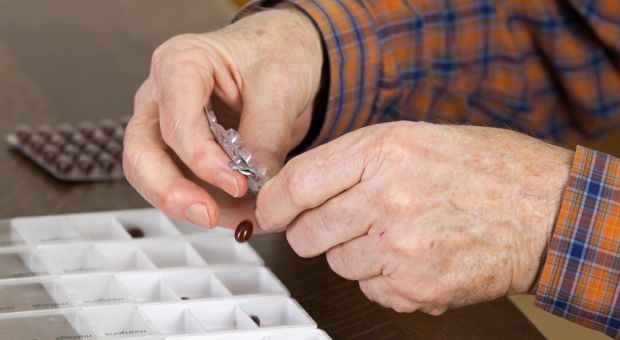
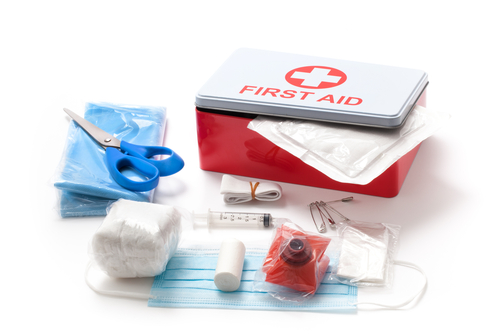

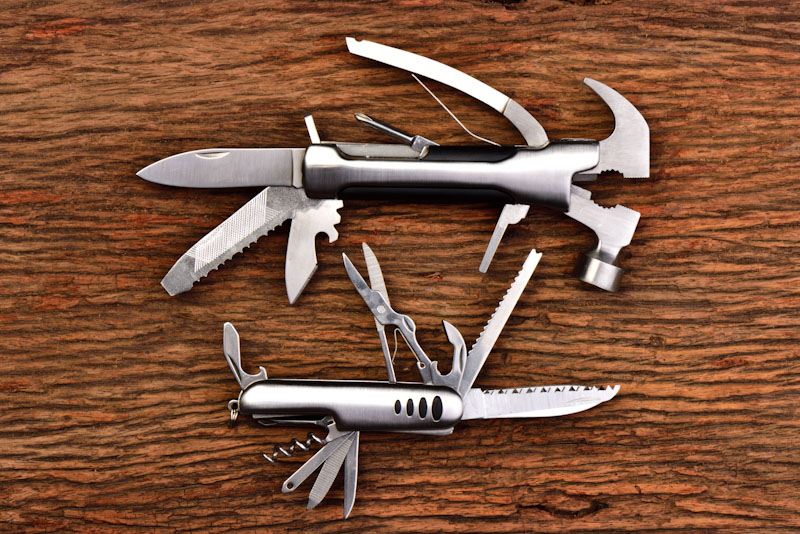
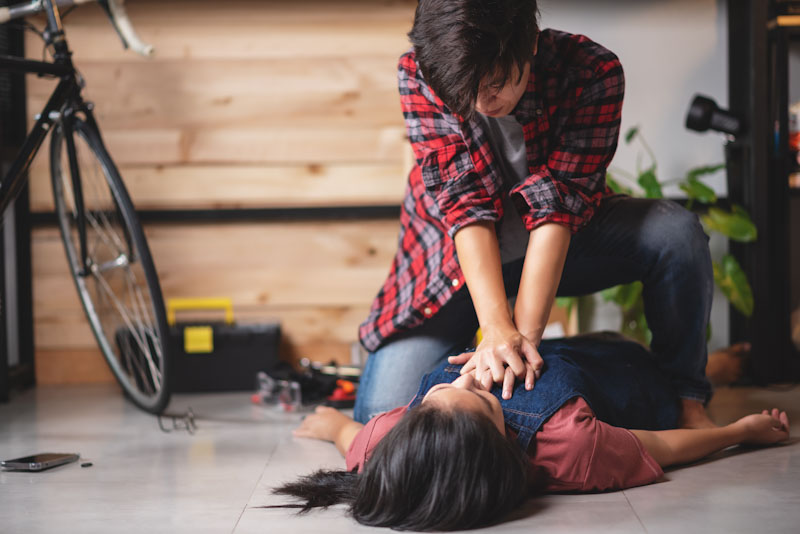
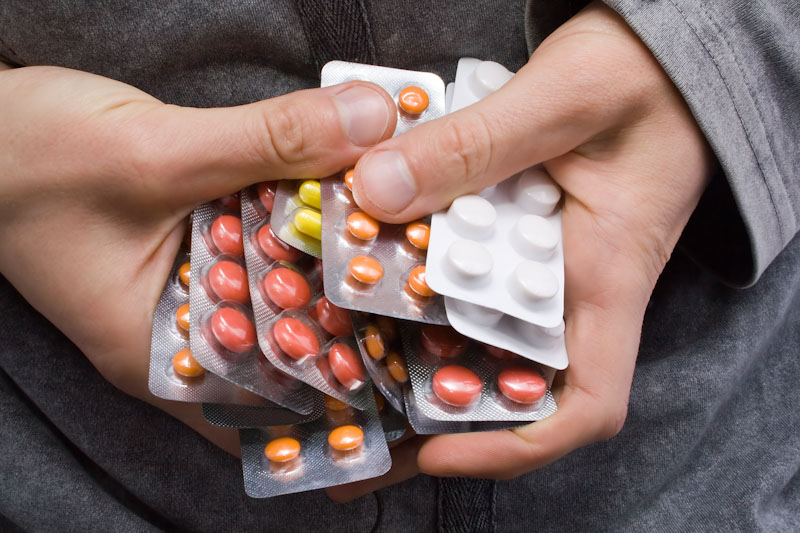
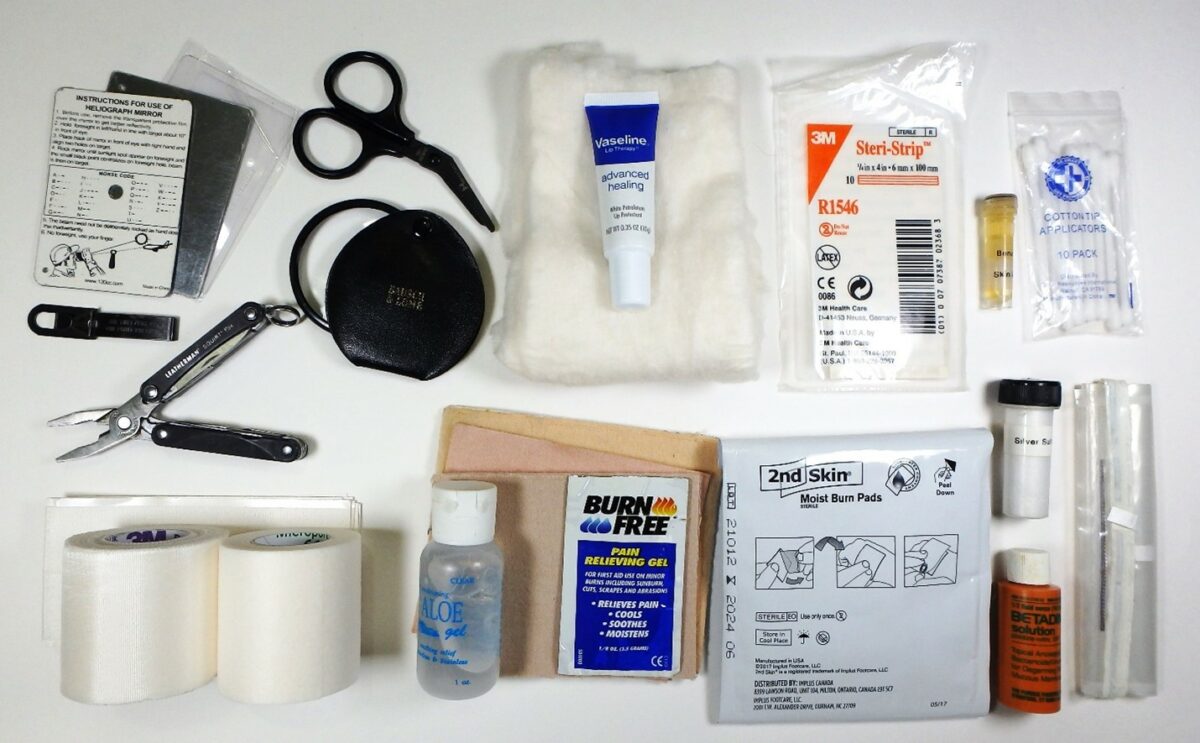


Pete | November 11, 2018
|
Great info! Thanks Chris!
Bill in Idaho | November 12, 2018
|
AMEN ! to Pete. Thank You, Chris. The correct info with sufficient detail to be useful. Great Article, Bro. Thanks for what you do !
William Glass | February 11, 2019
|
A very informative article, but I’m “Joe 6 Pack” .So words like canyoulate and hypodermiclosys need a little interpretation.
William Glass | February 11, 2019
|
Another case where it is better to “have and not need” than to “need and not have”.